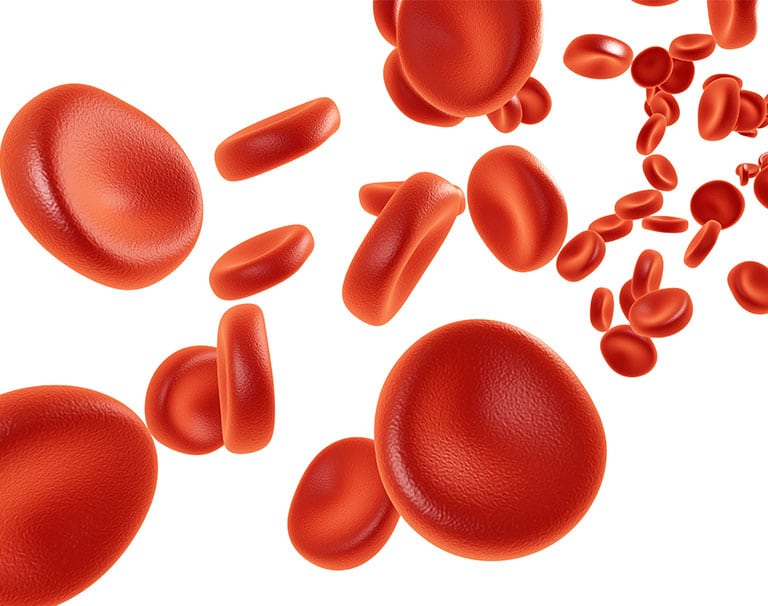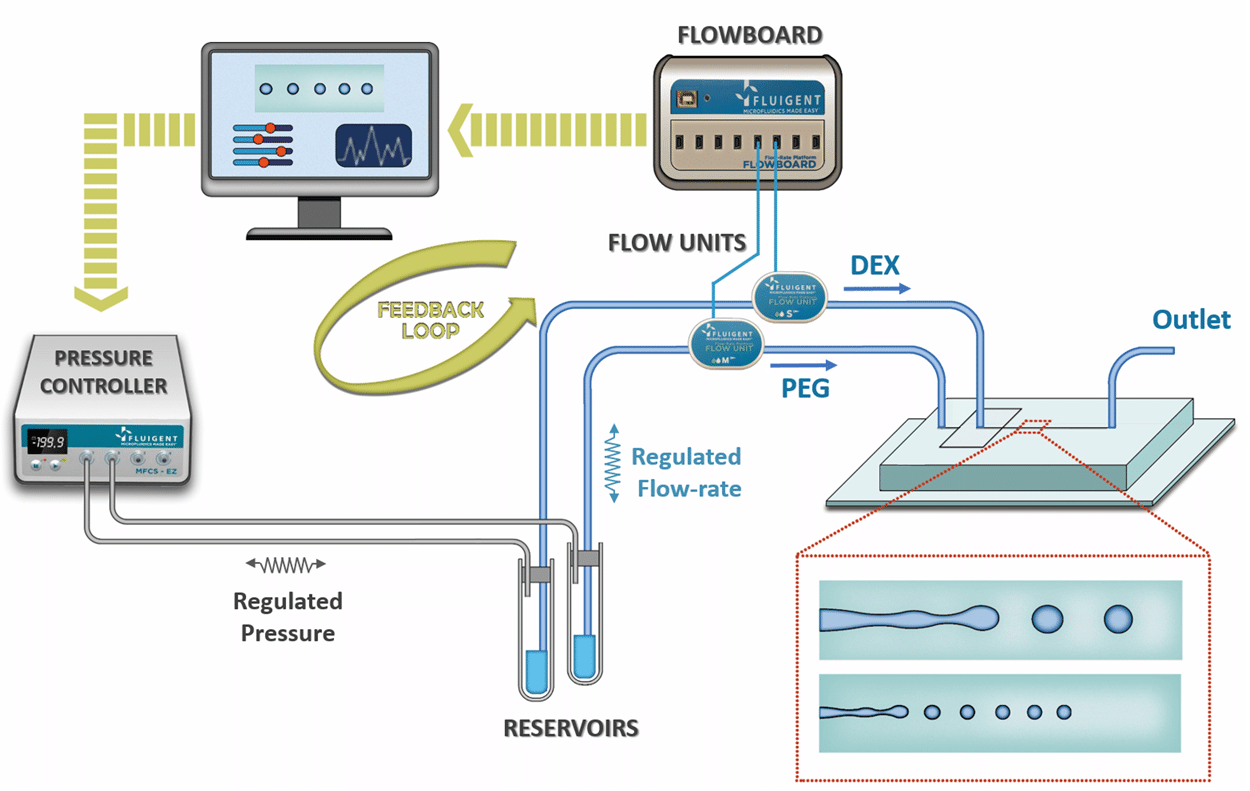Microbead-based microfluidics (droplet-based microfluidic using specific gel as dispersed phase) is a powerful technic which…

Customer paper on a microfluidic model for platelet function and coagulation
A Microfluidic Model of Hemostasis Sensitive to Platelet Function and Coagulation
By R. M. Schoeman, K. Rana, N. Danes, M. Lehmann, J. A. Di Paola, A. L. Fogelson, K. Leiderman and K. B. Neeves from Colorado School of Mines and other universities in the USA.
Hemostasis is the process of sealing a vascular injury with a thrombus to arrest bleeding. The type of thrombus that forms depends on the nature of the injury and hemodynamics. There are many models of intravascular thrombus formation whereby blood is exposed to prothrombotic molecules on a solid substrate. However, there are few models of extravascular thrombus formation whereby blood escapes into the extravascular space through a hole in the vessel wall. Here, we describe a microfluidic model of hemostasis that includes vascular, vessel wall, and extravascular compartments. Type I collagen and tissue factor, which support platelet adhesion and initiate coagulation, respectively, were adsorbed to the wall of the injury channel and act synergistically to yield a stable thrombus that stops blood loss into the extravascular compartment in ~ 7.5 min. Inhibiting factor VIII to mimic hemophilia A results in an unstable thrombus that was unable to close the injury. Treatment with a P2Y12 antagonist to reduce platelet activation prolonged the closure time two-fold compared to controls. Taken together, these data demonstrate a hemostatic model that is sensitive to both coagulation and platelet function and can be used to study coagulopathies and platelet dysfunction that result in excessive blood loss.
These experiments were made possible with the use our pressure-driven flow controller pumps to control blood, recalcification buffer and wash buffer flows.
For more information: doi:10.1007/s12195-016-0469-0 or Cel. Mol. Bioeng. (2017) 10: 3.



